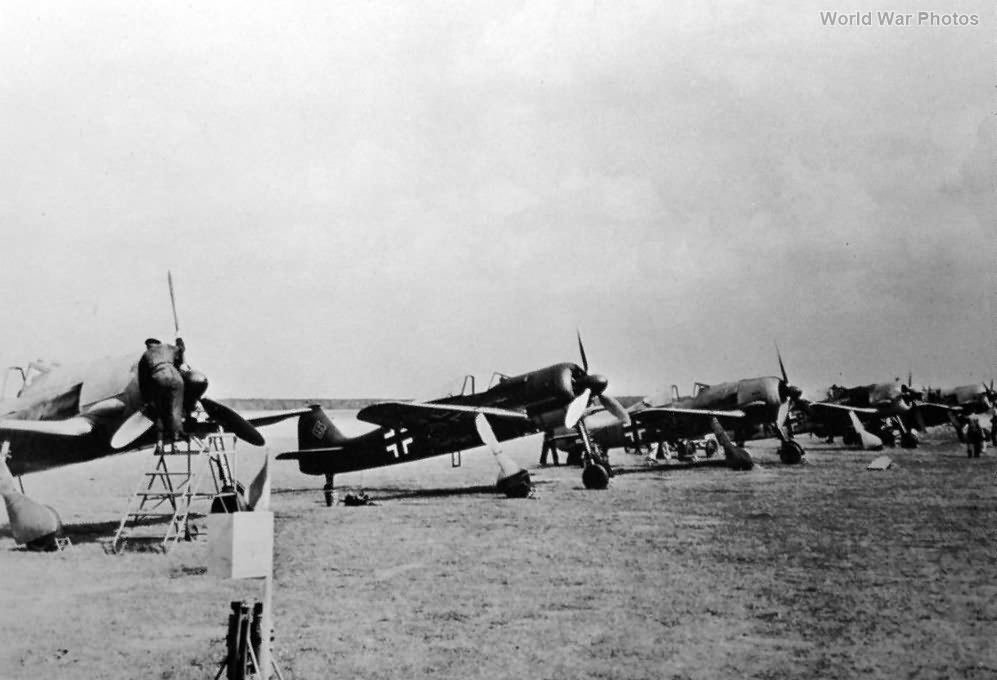Acceptance of the Fw 190 into Luftwaffe Service
The main reason the Reichsluftfahrtministerium (RLM) accepted the Fw 190 into Luftwaffe service was the inability of German engine manufacturers to meet the demands for liquid-cooled inline engines. Although the RLM initially preferred liquid-cooled inline engines like those used in the Messerschmitt Bf 109, the two primary manufacturers of these engines, Junkers and Daimler-Benz, were unable to meet the increasing demands of aircraft manufacturers.
- As early as 1939, it became evident that Daimler-Benz couldn’t keep up with engine orders for Bf 109 and Bf 110 fighters.
- Consequently, orders for other manufacturers, including Heinkel, were canceled, forcing them to halt production of the DB 601-powered He 111P and switch to the less powerful Jumo 211.
- Jumo 211 engines were predominantly allocated for He 111, Ju 87, and Ju 88 bombers.
This shortage of inline engines created a need for an alternative fighter design. The Fw 190, designed by Focke-Wulf and powered by an air-cooled BMW 139 radial engine, offered a solution to this problem. The RLM, out of necessity, decided to accept the Fw 190 into service to supplement the Bf 109, as the limited supply of inline engines couldn’t support the production of enough Bf 109s to meet the Luftwaffe’s needs. This decision proved fortunate, as the Fw 190’s capabilities, such as its ruggedness and firepower, made it a valuable asset to the Luftwaffe throughout the war.
